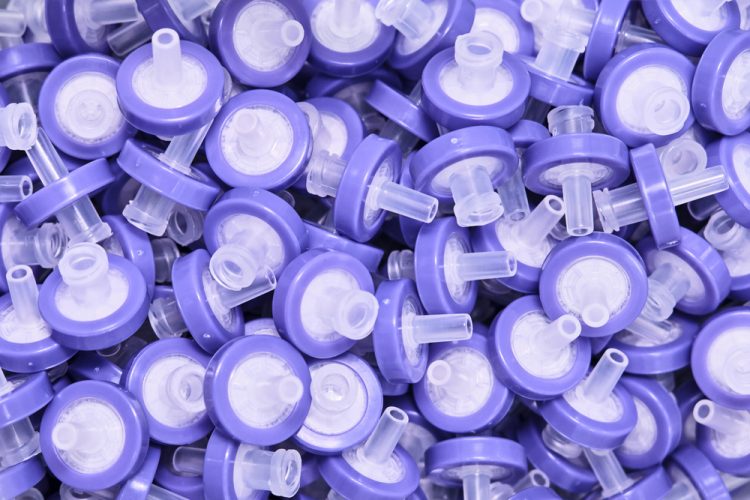Pharmaceutical membrane filtration market to value $10 billion by 2025
Posted: 1 September 2021 | Hannah Balfour (European Pharmaceutical Review) | No comments yet
Growth in the global pharmaceutical membrane filtration market will be driven by the increasing adoption of single-use technologies.


According to a new report, the global pharmaceutical membrane filtration market should be worth more than $10 billion by 2025, growing at a compound annual growth rate (CAGR) of 12 percent from $5.8 billion in 2020.
The major factors driving the expansion of the market include the rapid growth of the pharmaceutical and biopharmaceutical industries, increasing adoption of single-use technologies and the rising demand for nanofiltration techniques.
Promoting growth
The market researchers explained how single-use technologies have had a transformative impact on the development and production of biopharmaceuticals where, with traditional manufacturing techniques, meeting the stringent sanitary and quality requirements make the process extremely complex and cost-intensive. Single-use technologies, also called disposables, are widely used for the storage and filtration of biomaterials and are increasingly being adopted for cell separation. They are also being developed for further downstream applications.
Single-use technologies have various benefits, including the ability to minimise cross-product contamination, increase product quality, reduce the cost of operation and increase productivity. They have enabled end users in various industries, from food to cosmetics, to achieve regulatory compliance for their processes at a cheaper cost. Thus, single-use or disposable products have proven to be a significant technological wave in the filtration industry, and their immense benefits have greatly driven end-user demand and, by extension, market growth.
A key opportunity for the market identified by the report is ultrafiltration track-etched membranes. Commercial ultrafiltration membranes are currently produced by phase-inversion processes that are time-consuming, expensive and need careful control. Track-etched membranes, on the other hand, are inexpensive to produce, scalable processing methods and have been shown to be effective in real separation environments. Therefore, combining the two technologies could enable the purification, separation and concentration of target molecules in continuous systems while at the same time being scalable up to the dimensions demanded by industrial separation processes.
Market dynamics
By product, the market is split into filters, systems and accessories, and the systems segment is expected to grow the fastest over the forecast period (2020 to 2025). This growth is attributed to the increasing adoption of single-use systems in pharmaceutical membrane filtration.
The applications include final product processing (API filtration, sterile filtration, protein purification, vaccines & antibody processing, formulation and filling solutions, and viral clearance), raw material filtration, cell separation, water purification and air purification. The active pharmaceutical ingredient filtration segment of final product processing is the largest segment, promoted by the increasing manufacturing of large molecules.
By material, polyethersulfone (PES) is the largest segment and is expected to grow at the highest CAGR over the forecast period. The high growth of this segment is attributed to the hydrophilic nature of PES and its wide use in sterile filtration and viral clearance. Other materials on the membrane filtration market include polyvinylidene difluoride (PVDF), nylon, polytetrafluorethylene (PTFE), mixed cellulose ester and cellulose acetate (MCE & CA) and polycarbonate track-etched (PCTE).
By region, North America dominates the market, owing to the presence of key biopharmaceutical manufacturing facilities in the region, significant spending on R&D activities and the presence of a well-established intellectual property system for innovative biologics.
Major players in the global pharmaceutical membrane filtration market include Merck Millipore, Danaher, Sartorius Stedim Biotech, 3M Company and Thermo Fisher Scientific.
Related topics
Biopharmaceuticals, Bioprocessing, Drug Manufacturing, Industry Insight, Technology, Therapeutics
Related organisations
3M Company, Danaher, Merck Millipore, Sartorius, Thermo Fisher Scientific









